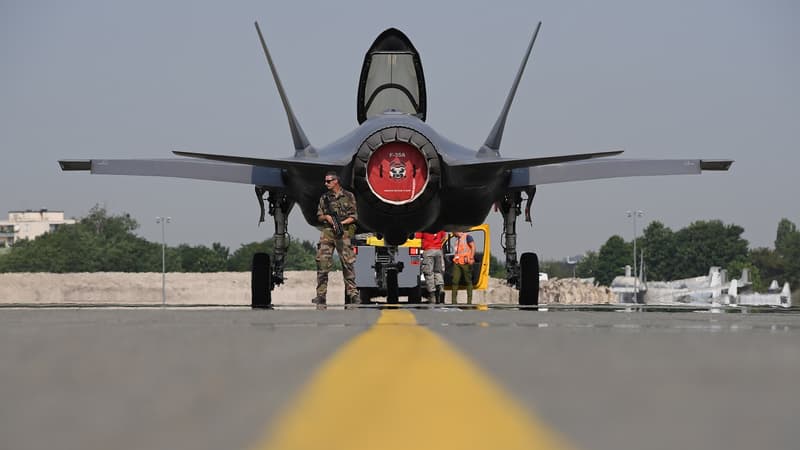The war in Ukraine and Gaza, Russian incursions into European airspace, Chinese military maneuvers near Taiwan and even tensions in the Red Sea, the global atmosphere is one of rearmament.
The order book increased 13% year-on-year to $251 billion, including $37 billion in contracts signed between July and September. Defense products accounted for $23 billion, compared to $14 billion for civilian products. Its specialized subsidiary Raytheon has secured $8 billion in munitions orders, notably GEM-T missiles – a variant of its Patriot missile – destined for foreign customers, as well as AMRAAM medium-range radar-guided air-to-air missiles. This latest contract, valued at 2.1 billion, is the largest in the thirty years of the program’s existence.
In addition to higher volumes in land and air defense systems, Raytheon – which also makes the Tomahawk missile – also benefited from a boom in naval programs. Its operating profit increased by 33%. It also obtained a “very important anti-drone drone contract” for the US military, while Pratt & Whitney, an RTX subsidiary specialized in aviation engines, including commercial ones, obtained an important contract for the F135 engine that equips the F-35 manufactured by Lockheed Martin. The US military has just confirmed its eighteenth batch of this stealth fighter aircraft, also operated or commissioned by fifteen allied nations.
Global demand that “remains solid”
According to James Taiclet, head of Lockheed, who spoke on Tuesday during the presentation of quarterly results, “strong customer demand persists, both in the United States and among our allies.” He welcomed the obtaining of various contracts worth several tens of billions of dollars, in particular with the US army and navy.
The Bethesda group (Maryland) benefited from an increase in its activities in all its segments, in particular missiles (+14% in one year). On the other hand, it was superseded in March by its compatriot Boeing for the new generation of stealth fighter aircraft – called F-47 – of the US Air Force. Boeing, which will announce its results on October 29, remains in the race for the US Navy’s next generation of fighter jets, this time against Northrop Grumman. Like her counterparts, Kathy Warden, CEO of Northrop Grumman, also reported Tuesday of a “dynamic” market that her company is working to better exploit by “responding quickly to the needs of our customers.”
Quarterly operating profit increased 11% and operating margin increased from 11.5% to 12.3% thanks to higher revenues in its Mission Systems and Defense Systems arms.
“Golden Dome” should generate significant windfall
GE Aerospace, born from the 2024 spin-off of the General Electric conglomerate, also benefited from the global context. Its defense division recorded a clear increase (+26% to 2.8 billion) in its turnover, although its orders fell 5% during the period to 2.9 billion, a drop attributed by the group to a calendar effect.
Based on this improvement in results and prospects, the four groups that presented their accounts on Tuesday improved their annual forecasts. Some had already done it the previous quarter. And, RTX leaders recalled, the future is promising: the US budget provides 50 billion dollars for the replenishment of ammunition, without mentioning the unexpected benefit that the “Golden Dome”, the anti-missile shield desired by Donald Trump, should generate.
Source: BFM TV


